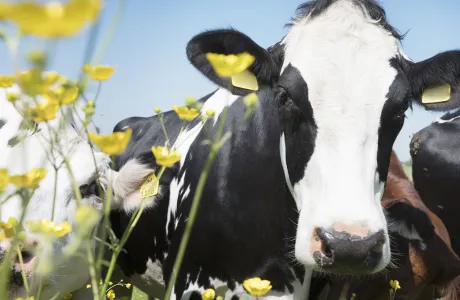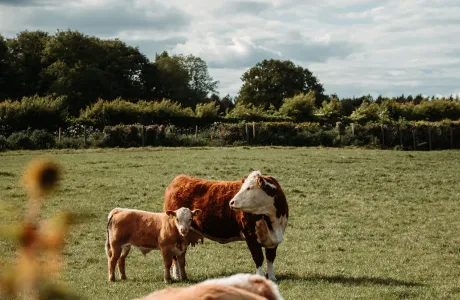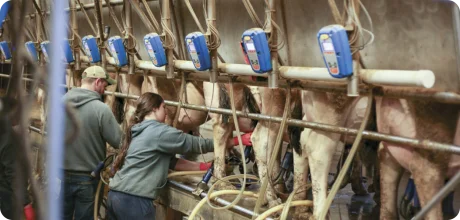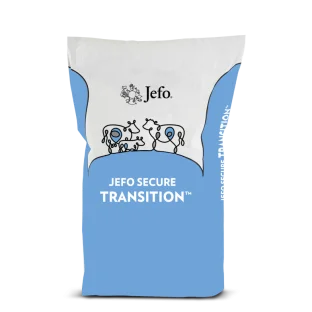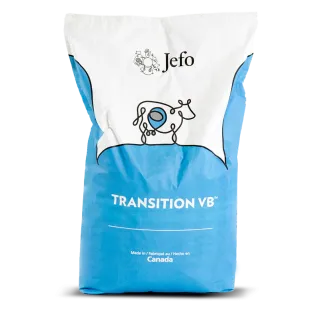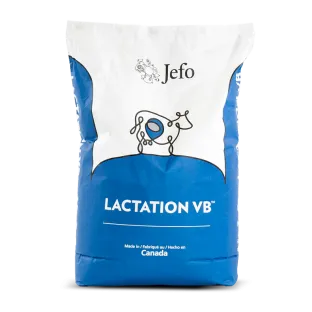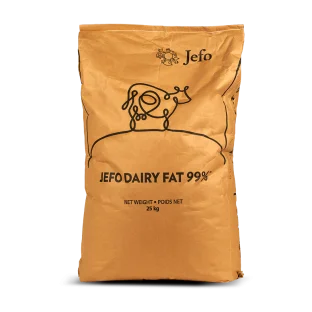- Article
- Dairy
- Beef
- Stress
- Management
You can’t turn off cattle stress
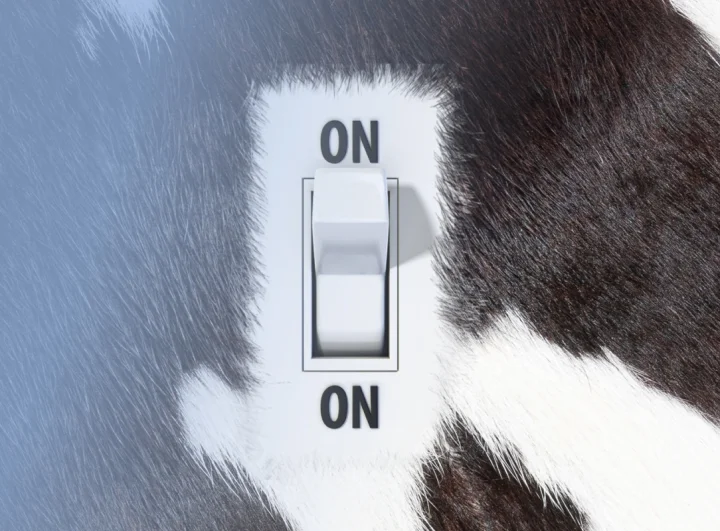
Chris Gwin – Jefo North America-Ruminant Business Development Manager
In collaboration with Dominique Bouchut – Jefo Europe – Ruminant Market Manager
Understanding and Managing Cattle Stressors: A Comprehensive Approach
Reducing energy usage is simple—just turn off the lights. But managing cattle stress is far more complex. Stress in livestock arises from a wide range of stressors—over 30 have been identified—that often interact and compound each other. Despite this, many in the agricultural industry focus on only a few and treat them in isolation. In reality, these stressors collectively affect cattle health, performance, reproduction, and longevity.
By better understanding these stressors and how they impact animals, producers can implement strategies to minimize strain, improve herd outcomes, and enhance profitability.
Stress vs. Strain: A Key Distinction
Cattle, as prey animals, naturally respond to perceived threats. While predators are no longer a concern, modern stressors—such as heat, poor nutrition, or handling—cause physiological strain.
Dr. Matt Lucy clarifies this in the Jefo RumiNation Podcast :

“All cows are stressed, but strain is how they respond to that stress. For example, milk production is a stressor, but we want cows that show minimal strain in response.”Dr. Matt Lucy of the University of Missouri
Strain influences both productivity and fertility. Genetics help produce more resilient cows, but management is essential to address remaining sources of strain such as heat stress, management, nutrition, and housing. Producers must identify the stressors that most affect their specific operations and act accordingly.
Five Key Stress Categories
Jefo outlines five major categories of stressors and offers practical ways to mitigate them:
1. Weather Stress
Heat stress is one of the most recognizable weather-related challenges. When cattle’s internal heat exceeds what it can dissipate, it alters metabolism to stay cool—often at the cost of feed intake and production.
A whole-farm strategy is essential, especially when the Temperature-Humidity Index (THI) reaches 68 or above. Solutions include:
- Using fans, misters, and shade
- Providing cool, clean water
- Feeding during cooler times of day
- Increasing nutrient density in rations
- Feeding more frequently to prevent spoilage
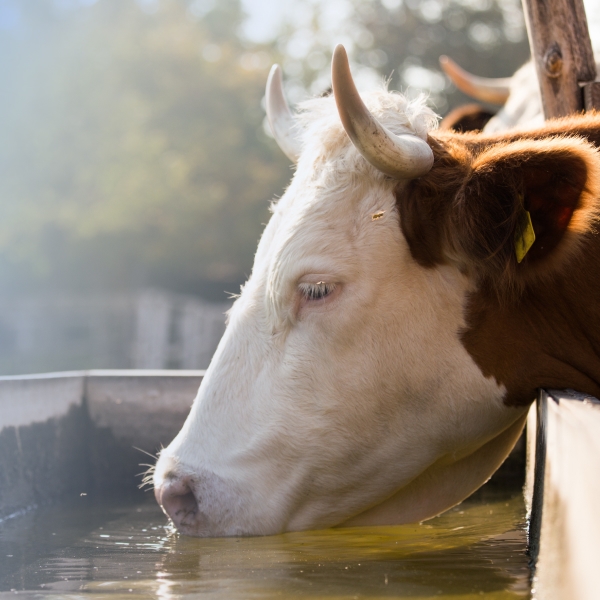
B vitamins play a vital role in stress resilience, particularly protected blends that aid glucose and protein production. Supplementing dry cows is also critical: heat-stressed dry cows account for over $800 million in annual U.S. milk losses. Calves from heat-stressed cows may suffer lower birth weights, weaker immunity, and reduced future milk output.
Other weather-related stressors—cold, humidity, snow, rain, or daylight changes—also impact cattle, mainly by affecting dry matter intake and, consequently, performance.
2. Feed Intake Issues
Feed-related stress can stem from physical changes in diet, cows’ perceptions of those changes, or social behaviors like bunk competition. Any disruption in intake affects energy balance, production, and health.
Dr. Trevor DeVries from the University of Guelph explains that even competition for bunk space can reduce feed access and alter behavior. At the 2023 ADSA meeting, two notable studies were presented:
- Stocking density: More cows at the bunk led to reduced intake.
- Feed hygiene: A survey of nearly 9,000 feed samples revealed more pathogens in total mixed rations (TMR) than in individual ingredients. Spoiled feed can suppress intake and milk yield.
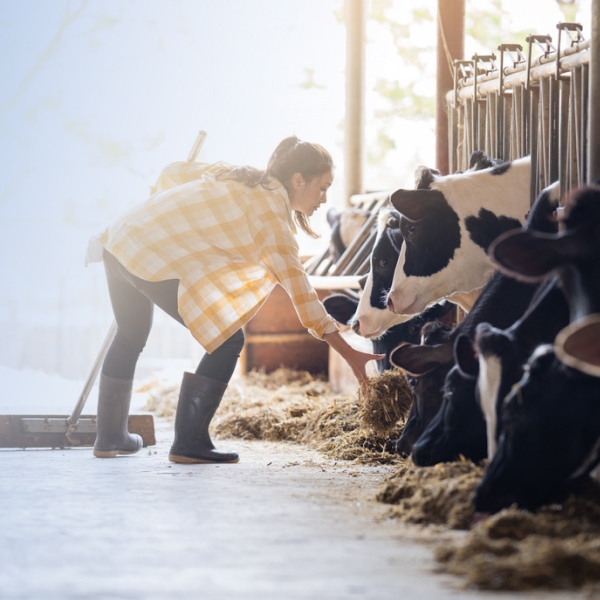
Consistency is key. As Dr. Lucy puts it, “In a perfect world, cows get the same TMR at the same time delivered by the same person.” Predictable feeding builds resilience and helps reduce strain.
3. Management Procedures
Routine activities can unintentionally cause stress—excessive time away from feed, overcrowded conditions, or poor handling. Establishing and following Standard Operating Procedures (SOPs) can improve efficiency and reduce stress.
Key management-related stressors include:
- Overcrowding and limited bunk space
- Frequent group changes
- Poor animal handling
- Transport
- Inadequate rest or feeding access
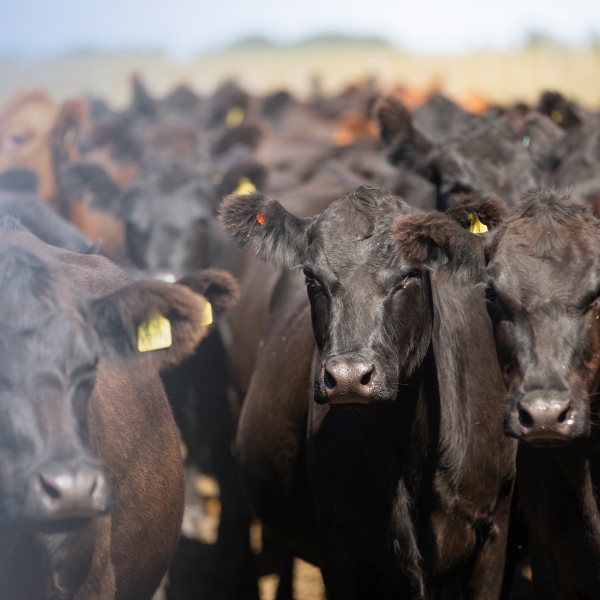
Dr. DeVries notes that social stress—such as mixing younger with older animals—can especially harm younger cows. Additionally, rough handling can spike cortisol, disrupting oxytocin and reducing milk letdown. Calm, confident handlers promote better outcomes.
Transport is also a major stressor due to fasting, noise, crowding, and unfamiliar environments. Without careful management, it leads to reduced immunity, increased illness, and compromised carcass quality.
Feedlot reception periods bring diet, environment, and group changes—all at once—triggering high stress. Supporting cattle during this time with gradual diet transitions and nutritional strategies (including protected B vitamins) is essential.
4. Stage of Production
Each production stage presents specific stressors:
- Weaning: Both dairy and beef calves experience elevated stress during weaning. In dairy calves, stress triggers inflammatory responses and disrupts immunity. In beef calves, abrupt separation leads to restlessness, reduced feed intake, and high cortisol. Strategies like gradual separation or two-step weaning can reduce impacts.
- Calving: Calving is highly stressful. Providing a calm, clean maternity pen reduces strain. Post-calving stress can delay reproductive recovery, particularly affecting uterine health and cycling.
- Early lactation: Significant weight loss during this period signals stress and can reduce fertility. Body condition scoring (BCS) or newer camera-based weight monitoring can help detect issues early, guiding corrective measures.
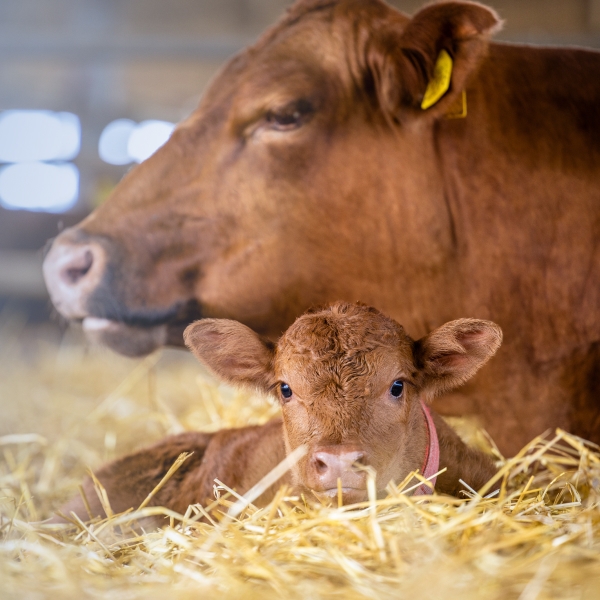
Dr. Lucy stresses the importance of supporting cows in the transition pen to boost reproductive success later.
5. Herd Health
Stress increases vulnerability to disease. Prompt management of health issues like subclinical ketosis, mastitis, or lameness is critical.
Dr. Meagan King of the University of Manitoba highlights the use of precision technologies—such as rumination or activity monitoring—to detect behavioral changes and intervene early. These tools help producers better manage nutrition and health responses.
Nutritional support is also vital. Supplements like protected choline and B vitamins help reduce metabolic disorders, while biotin can improve hoof health.
Managing Stress for Better Outcomes
There’s no “off switch” for animal stress, but understanding its causes and interactions empowers producers to reduce its effects. From weather and diet to social dynamics and disease, every stressor matters.
Jefo’s solutions, including nutritional strategies and educational tools, help farmers mitigate strain, improve welfare, and maintain productivity. By focusing on prevention and precision, producers can foster resilient, healthy herds that perform at their best.
See Stress Differently
Stay In The know
Get notified of new insights and ideas on managing cow stress as the research becomes available.




